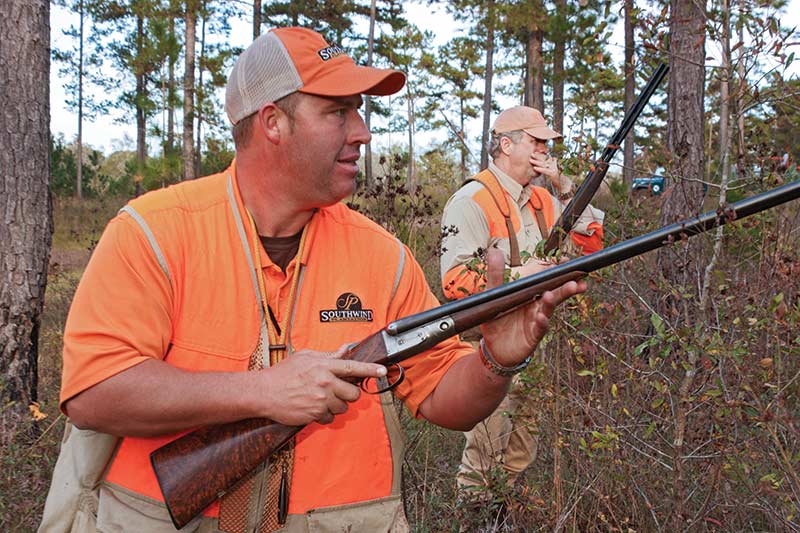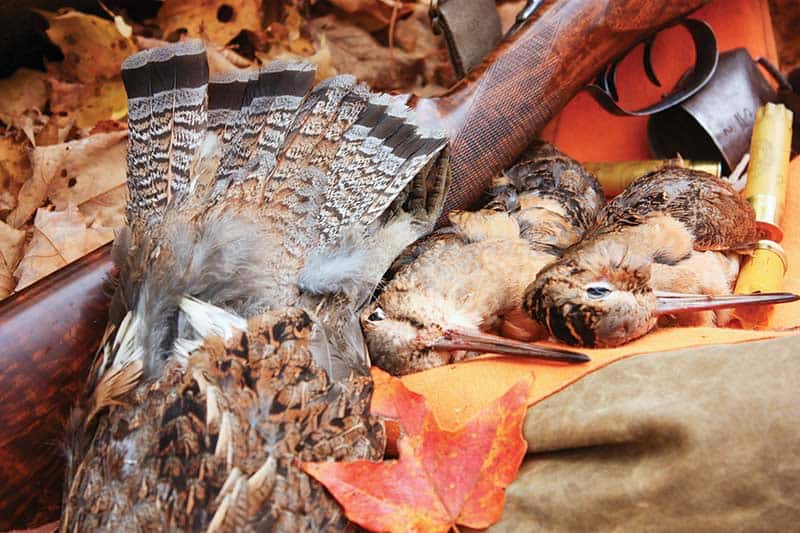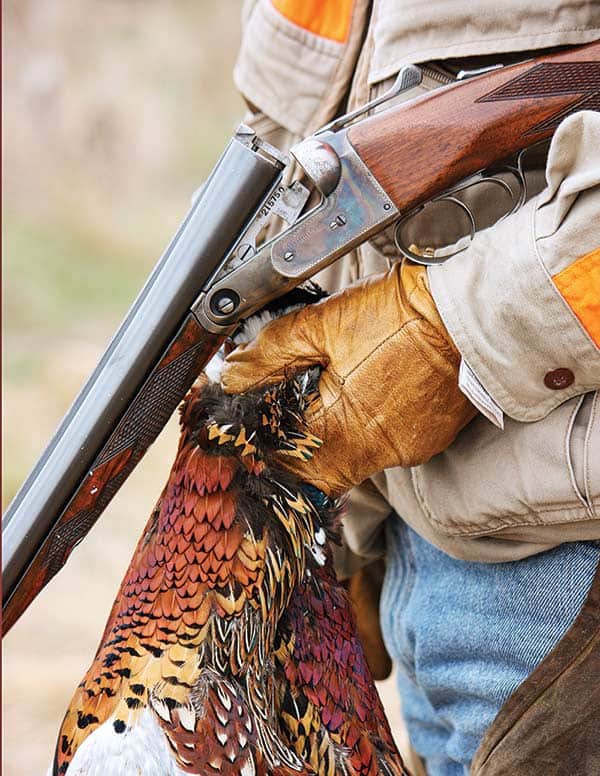Side-by-Side Shotguns
The Ultimate Game Gun
Ask a shotgunner if they like side-by-sides and the answer is usually “of course, who doesn’t?” Side-by-sides are sleek and sexy, they’re traditional, and they are a connection to our shotgunning history.
Things change when you ask them if they shoot ’em and the answer mostly is a resounding no. Over/unders, semi-autos and pumps are more commonly used for clays and upland and waterfowl hunting, leaving those foxy side-bys in the gun cabinet like a broken nutcracker on the Island of Misfit Toys.
Ask a side-by-side devotee about his choice and he’ll respond simply: “If the Lord wanted us to shoot an Over/Under then He’d have arranged the eyes in our heads that way.” There is some truth to this, for the side-by-side is the ultimate game gun.
Romance
Side-by-sides are considered romantic and traditional because of their long-standing production. Side-bys were on gun shop and hardware store shelves long before the other actions were commercially produced. The first lever shotgun was the Winchester M1887, the first pump was the Winchester M1897, the first semi-automatic was the Browning A-5 (1902) and the Browning Superposed O/U debuted last in 1931. W.W. Greener’s book, The Gun and Its Development, acknowledges the O/U was the first developed double gun, with origins with Giuliano Bossi of Rome in 1616. But in the late 1800s through the mid-1900s, more side-bys were produced than other actions. It’s why they were your granddaddy’s gun and why they’re rooted in tradition.
Form Follows Function
Romance is an affair of the heart, but design helps break clays and kill birds. The simplicity of the side-by-side design makes them so functional. Less metal mass is used in each shotgun and contributes to a lively responsiveness. Frame sizes are typically smaller than they are in other actions and weights are scaled for different applications. On a scale, side-bys weigh less than a comparable over/under. A Continental 12-bore, for instance, tips the scales at under 7 lbs. while a 20-gauge comes in under 6 lbs. American classics are a bit more robust, but you can carry them all day and that’s without the use of lightweight synthetics.
What contributes to the nimble, alive feeling comes from the well-considered design. A side-by-side’s splinter fore-end is designed to hide the cocking mechanism that places the barrels in the shooter’s hand. The increased contact results in greater and enhanced pointability. Side-by-side shooters extended their hands further forward on the splinter, which is why you’ll see leather sleeves frequently used.
This forward position offers two distinct services to the shooter. First, the side-by balances better and second, gun mounts are smoother and have less muzzle rock. Beavertail fore-ends are thicker, heavier and serve as a grip.
Handy Hands
Side-bys with straight stocks are lethal because the design allows the shooter’s front and rear hands to work well together. Both wrists are nearly parallel and relaxed. Together they move the shotgun to the cheek in a flat, unstaggered mount. Semi-pistol grips offer some comfort but the rear hand runs at about a 45-degree angle to the front hand. Full-pistol grips run at close to a 90-degree angle. Pistol grips help with recoil reduction, which is why they are common on clays courses and when shooting heavy waterfowl or turkey loads. For a smooth instinctive mount on game, the side-by’s design makes for easier shooting.
Perhaps the biggest complaint about side-bys comes from what shooters see. Gunners used to the single rib/barrel view are thrown off by the horizontal plane. The horizontal plane can exaggerate eye dominance issues and create blurred — if not double — vision. Regular eye exams, a dab of Vaseline or a magic dot placed on the lens of a pair of shooting glasses reduce the focus of the dominant eye. A few rounds on clays course work wonders, too.
The Fit Is It
Many shooters using granddad’s side-by do, in fact, have a legitimate complaint — granddad’s shotgun doesn’t fit. Older American side-bys featured shorter lengths of pull and greater drops at both comb and heel. Properly fit stocks increase hits, so if you don’t like Granddad’s Fox or Ithaca, get a gun fitting. You might need to have the stock bent or lengthened, or you might need an altogether new stock, too.
Side-by-sides aren’t as common as they once were but it doesn’t mean they’re not effective. Their form follows function and that makes them deadly. Some shooters may need to tinker with theirs a bit but that’s where the fun lies. For many, they’re the ultimate game gun. This year, give a side-by-side a try.







